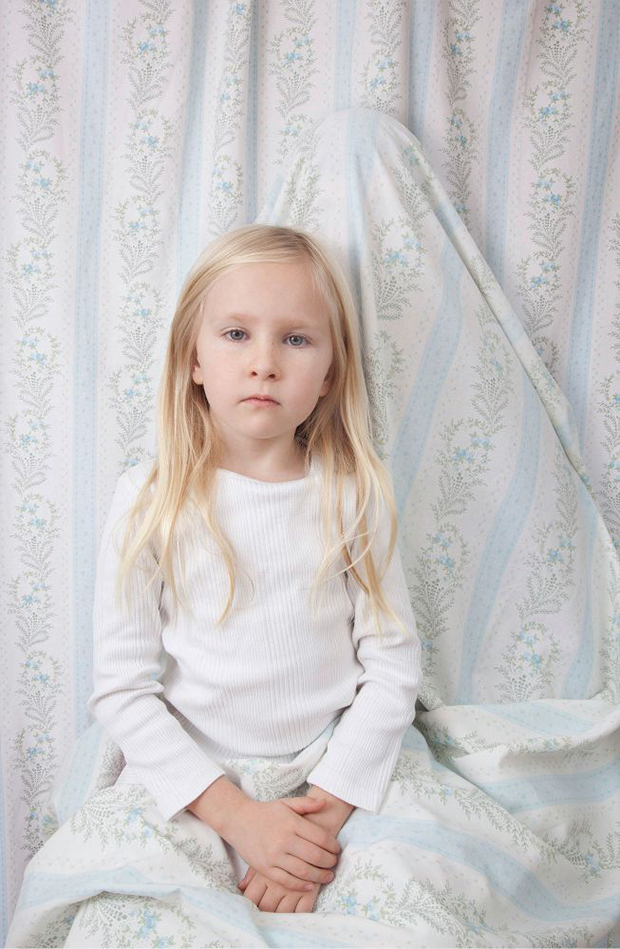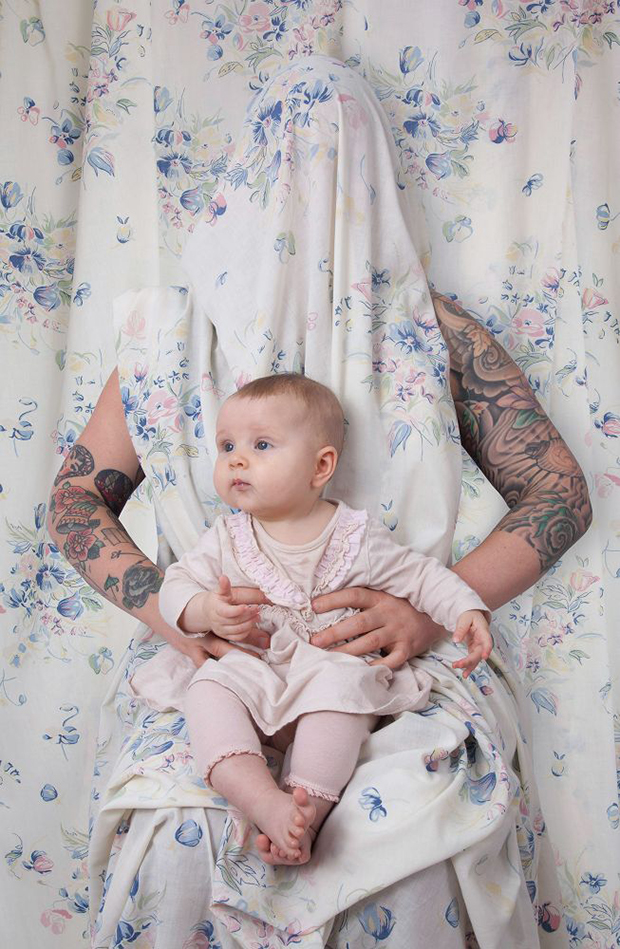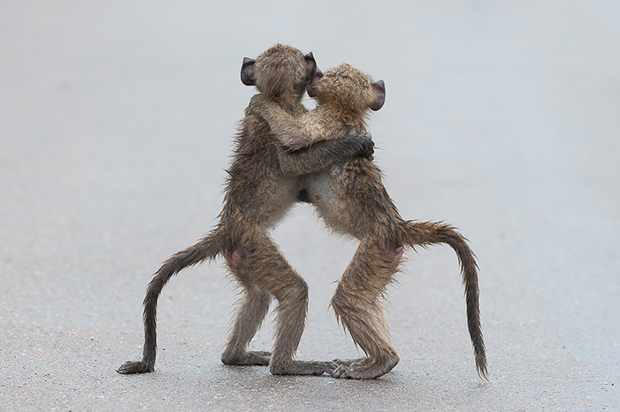
(image obtained from Oxfamblogs)
There’s a lot of growing resistance to the Common Core State Standards (CCSS). And there are a lot of reasons for this opposition: invasion of privacy of information, shoddy confusing content, federal and corporate intrusion, questionable standards in terms of content or developmental appropriateness, costs/expenditures being funneled to private corporations, and its indelible and damaging attachment to high stakes testing. What’s also concerns me is the way in which CCSS is directly intertwined with other education reforms as a multi-pronged effort toward one goal: privatizing public education. Federal over- reach through this nationalized imposition of these reforms allows corporations to manage and control (and own) every facet of public education including what children learn, how they will learn it, and who serves as the beneficiaries of their efforts (spoiler alert here-it’s not children).
The good news: We will eventually erase this blight from the landscape of public education and it will become yet another stain in the pages of education reform history alongside the other reform debacles.
The challenge: We need to have a strong and clear vision for what will happen after CCSS and other reform policies are gone. Are you opposed to public education because of what it’s doing to your/our children, or are you opposed to what reformers doing to public education? I am a supporter of public education who is opposed to what is happening in them as well as what is happening to them. These are very central questions for all of us because, while the first is one which may affect only my children, or my community schools, the second demands I focus on the bigger question: What do we want for all of our children?
I believe that whatever our solution may be, it must include the opportunity for all children to attend sustainable, equitably funded, meaningful, engaging, and accessible public schools. I am not opposed to “choice”-it is the fundamental right of every parent to choose to homeschool their child or send them to private school (or charter) if they so choose-but the availability of those options should not come at the expense of our public education system.
Is the system broken? Yes…. And no.
Public schools are not failing (as Ravitch reminds us ) in the ways which reformers would have us believe. Rather, as a society we are failing public schools.
We squander the opportunity to embrace children and communities as sites of strength and (sometimes painful) beauty, by labelling them “failing.” For many children, public schools are the place where they feel safest, where they can grasp at opportunities otherwise unavailable in their homes or communities because of the generations of systematized institutionalized oppression, and state and federal laws which created the profoundly impoverished and racially segregated neighborhoods which we are forced to now confront and will continue to confront until we face full responsibility for their creation. For many children around this country, schools is their place to learn how to problem solve, to empathize, to connect, and to create. It may be the only place in their lives where such opportunities exist. And we must embrace public education as one facet of a set of solutions to address these concerns. Schools cannot single handedly remediate for the effects of poverty. They cannot be expected to resolve our social ills.
But without high quality public education as a foundation of our democracy, we are dead in the water.
A glance at the history of modern public schooling reveals how power has been a front and central agenda for determining who, what, and how schools shall educate “the masses” (the elite have always have private education as the option of choice). Public education has largely been manipulated by those in power, assigning to schools their purpose and meaning according to their own image. And these policies have mostly been intended for urban centers populated by people of color and immigrants. They’re constructed for people with little financial or professional means to fight back, while suburban schools remained safe havens protected from the ravages of these policies intended for the “Other.”
Going back to the early 1900’s, even though newly emancipated black people could now receive a public education, institutional powers ensured that their education was still “separate and unequal.” Following Brown v Board, state and federally sanctioned laws (and unchecked racism in general) including block busting and redlining ensured that even if schools could no longer segregate, housing and employment practices would make sure they remained separate … an unequal. In the height of the industrial era we introduced factory models of schooling to prepare children for a factory model way of thinking and producing. We’ve used testing to sort and track children like widgets on a conveyer belt. Throughout the 1900’s into today, dominant cultural influences often determine that public education would (will) be the place to “Americanize” immigrants, white-washing their history and their cultural identity. In the 1950’s politics demanded we push for more math and science to keep up the “Space Race” with the Russians. And we introduced PE during WWII so we could physically condition young men going to war. And now we live in the age of multinational corporate domination and efforts to privatize every public good or human right from education to clean drinking water. The agenda for what, and who, and how to teach within a public education system has been crafted by the interests of everyone it seems except the most important and fragile of all stakeholders: children.
Of course within each of these eras there have remained great schools, great teachers, and great learning experiences. Again, in spite of all of this, I believe it’s not the idea of public education that is failing. It’s not our children or our teachers who are failing. What is failing is our promise to our children and our commitment to this grand democratic experiment which requires an informed, compassionate, critically minded, and healthy citizenry to survive.
Any curriculum that would become successful at transformation schools and education must be grounded first and foremost in the needs of the students and the communities-not the needs of corporations. If schools became sites of engagement, meaning, purpose –of creativity and inspiration-for children…provided with the resources needed to embody those dreams and desires –it is then that the other woes corporate reformers claim to address, such as dropout rates, creating an employable workforce, and a democratically engaged citizenry would remediate themselves- Schools would be solutions defined by those who will live it, and not by those who would live off of the backs of those they pretend to “educate.”
What kinds of public schools can we imagine? What kinds of public education should we demand?
First of all, (as the teacher shouted down by Chris Christie, in her letter to him says) our investments in public school are supposed to be an investment in our children’s future, not using children as investments in the future for corporations.
I envision a commitment to our promise to children through a re-imaging of public education that is built upon three basic and interdependent democratic values: Freedom, Equity, and Possibility.
Freedom: It’s a word we love in United States. But what precisely do we mean? True freedom cannot exist without equity. How so? Freedom for me cannot come at the expense of providing for the right to those same freedoms for others. In the words of authors Tony and Slade Morrison in The Big Box “If freedom is handled only your way, it’s not my freedom or free.”
In Tucson AZ, the students of the Ethnic Studies program were exploring their own understandings of freedom, and engaging in learning experiences that brought forward their voices, their cultural identity, and new avenues of possibility. They were becoming more successful in school. But the state legislature banned the program because they found it offensive. So the state imposed it’s freedoms to destroy the freedoms of the children whose lives were most greatly affected by the existence of this program. Freedom means a life unfettered by barriers and impositions to one’s own becoming. It means openness to question, to explore, to find ways from “here to there” through not one pathway but through many. Freedom is power. Schools can create spaces for free thinking, for questioning, for challenging, so that no one ideology or form of indoctrination imposes itself, because through the freedom of critical thinking, whatever the reigning ideology is, students will have the power to examine it for themselves.
Children and teachers being forced to work under constant surveillance in the name of accountability is not freedom. Freedom means freedom for teachers to meet children where they are and take them where they want to go. Race to the Top and its various iterations are a gross overstep of the federal government and must be stopped. But freedom does not mean the total absence of legislation or oversight either. Government oversight was necessary to legislate desegregation, to promote funding for Title I schools, funding for Title 9 to ensure equality in men’s and women’s sports programs, and laws to protect the rights of children with special needs. While there may be those who bemoan any and all government as intrusion, especially in the name of equality, I wonder at how so few were concerned when these same governmental powers were robbing minority groups of their rights, and instituting legal forms of oppression. Jim Crow laws for example ensured that true freedom for all would not be manifest. If government can take the liberty of robbing people of their rights, perhaps it has the obligation to restore those rights as well. State and federal government’s jobs are to ensure the freedom of its citizens. If all public schools are to become sites for free thinking and learning, to be places of student empowerment, as determined by our newest stake holders- children themselves- we cannot rely on big business or the “kindness of strangers” to make it happen. We must demand that our government make good on its promise to us: to serve the people. And demand that such rights and freedoms are protected through legislation that ensures the access to these freedoms for all students.
Equity:
A one-size-fits-all “trudging all children toward a same nationalized curriculum of mediocrity” is a piss- poorest excuse for equity.
We equalize opportunity not by imposing a one-size-fit- all mediocre curriculum on all children and call that fair, or tell them to master the same test material and pretend this is the equivalent of equal opportunity. We equalize education by treating all children with equal amounts of respect, voice, vision, and freedom-by empowering them with all of the resources we have at our disposal and with the myriad of ways in which they can engage as the co-creators of meaning and knowledge. We create equity by alleviating implicit and explicit systems of oppression so that all children have the freedom to invest knowledge and meaning in their own lives as they so choose.
Why should we care about equality in education? Because concern for merely me and mine will no longer suffice. And not everybody has access to the privileges I am able to provide for my children, whether it be to choose to homeschool them, send them to a private school, or move to a neighborhood with a tax bracket that guarantees quality public schools. “Let them eat cake” cannot sustain the future of a democratic society. Other people’s children are the future citizens who will share the next generation of decision making with my children. What kind of world I envision for my children must include the kind of world I envision for others. Public education must remain a part of that vision.
Freedom cannot outweigh equity, nor can top down impositions in the name of equity (but service corporate profits) outweigh our freedoms. The balance is messy, complicated, and always as Maxine Greene says “unfinished.” But we never stop trying. In the balance between the two children can see schools as sites for possibility, not places to be stuck reciting “what is” but sites to explore what “can be” if we give them the chance.
Possibility:
Public schools are not places to indoctrinate but places to liberate-to imagine, to empower, to transform ourselves and the world. It astounds me that while people fighting for greater democracy in other countries risk their lives to create public education for all its citizens, we have used the system to abuse children, perpetuate less democracy, and now in our worst moment, sell it off to the highest bidder. In our own history, education has been used as both a tool of oppression and liberation: both an unparalleled opportunity and a right denied to those we wished to hold down. But it doesn’t have to be this way.
Public education is not boil to be burned off the body of our social foundation. It is not a burden. It is not legislation we must endure. It is a human right to be protected. It is a fundamental need of democracy that we must claim for its powerful potential. Let’s stop lending it out to those in power (whether it be governmental or corporate) whose agenda is and always has been, to manage the rest of us according to their own desires. If we miss this chance. If we sell pout. Or give up. We will lose something tremendous that we may never have the chance to reclaim.
But the possibility remains-it’s what we do with the framework that matters.
Schools are not failing for the reason reformers would have us believe. They are failing, because we are failing them. Are we willing to give up any hope of their value as part of this democratic experiment? Do we take our toys and go home? Do we abandon the project either in favor of privatization? Do we allow them to be sold at auction to corporations while those with the privilege of being able to seek asylum do so elsewhere? But just because I have the privilege of protecting my own children from the most profound ravages of reform doesn’t preclude me from fighting for other people’s children. And let’s face it, few of us have anywhere left to hide no matter where we go.
When did it stop being patriotic to support my own country by caring for and taking action on behalf my all my country’s children? There is something far greater at stake here and illustrating this will help other people who do not have children in public schools to join the fight.
Reformers are aren’t afraid that schools are failing. They’re afraid that schools will succeed in their ultimate purpose. Why else do they close programs that work? Why else rob children of the joy of learning? Why else deny the poorest children opportunities for a love of art, dance, PE, and a meaningful well-rounded curriculum? Why else increase rather than decrease class size? Why else starve communities and schools of their resources? Why? They’re afraid that one day we will wake up and discover precisely how powerful this right to a public education is in forging our own destinies.
And that we realize that we can take it from them. And we will.
























 A Nashville convention center figured out how to boost its revenue from selling Internet service: it illegally jammed guests' and exhibitors' Wi-Fi networks. Glenn Fleishman explains the technical scam and why it earned a six-figure smackdown.
A Nashville convention center figured out how to boost its revenue from selling Internet service: it illegally jammed guests' and exhibitors' Wi-Fi networks. Glenn Fleishman explains the technical scam and why it earned a six-figure smackdown. 






